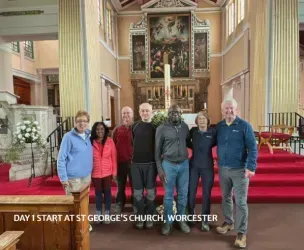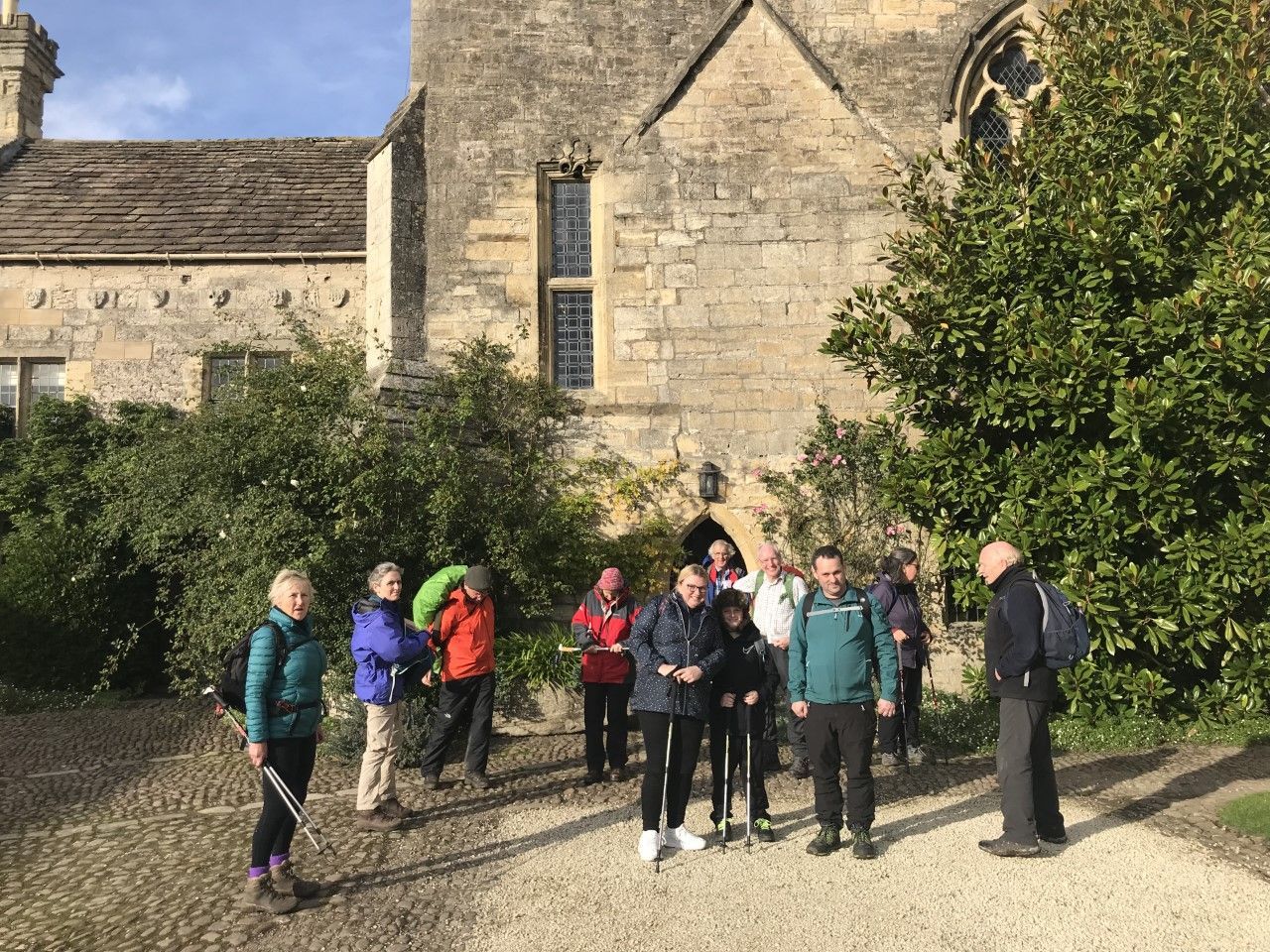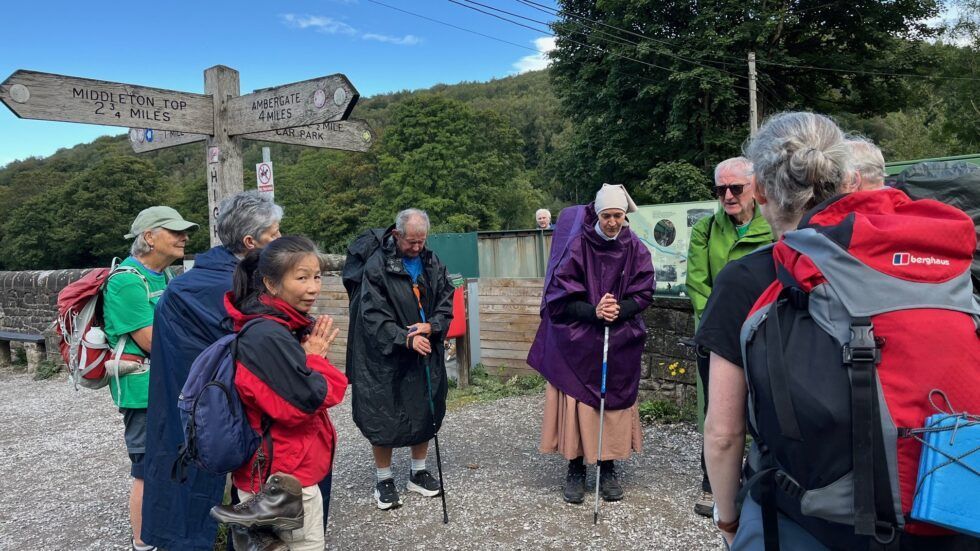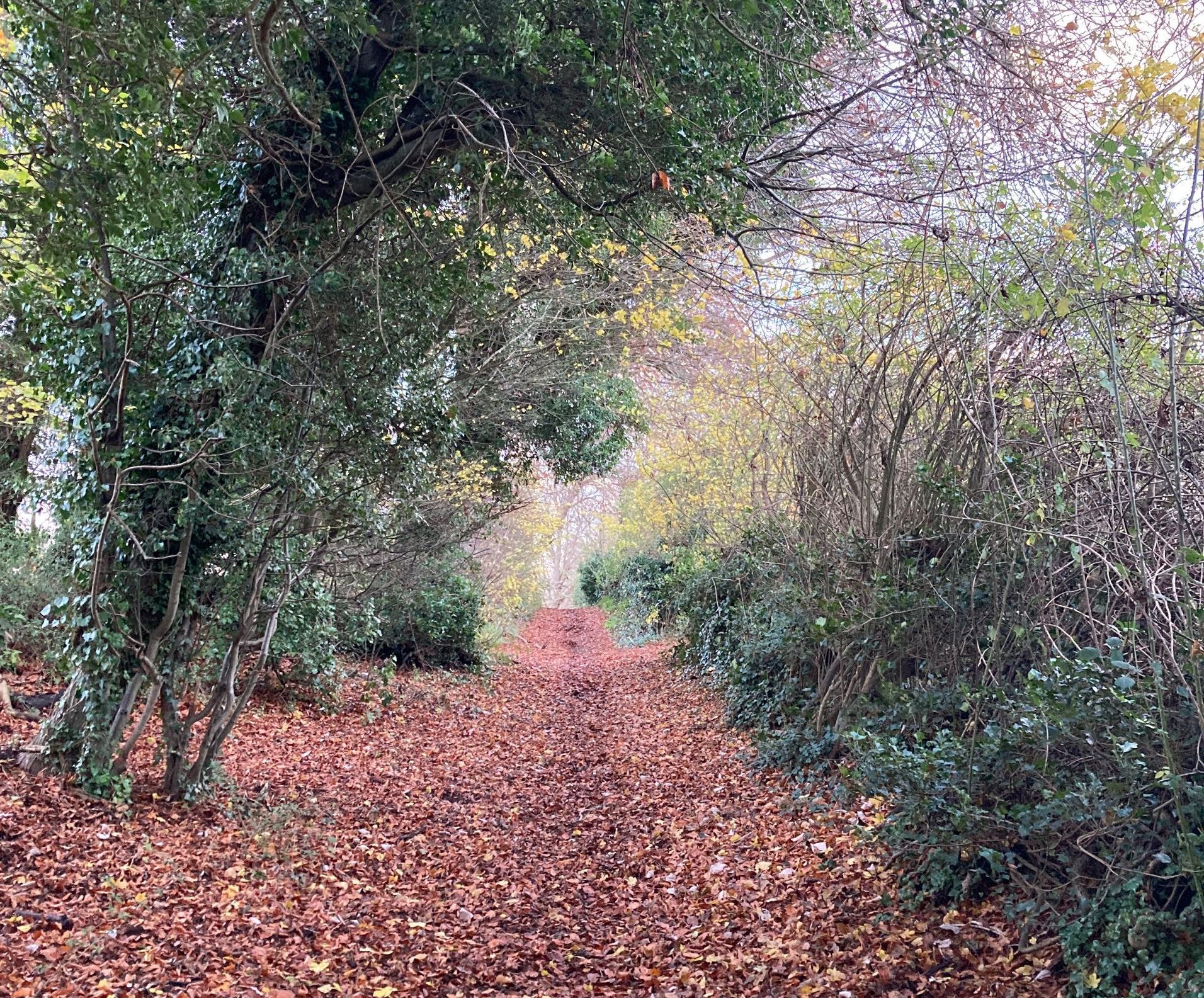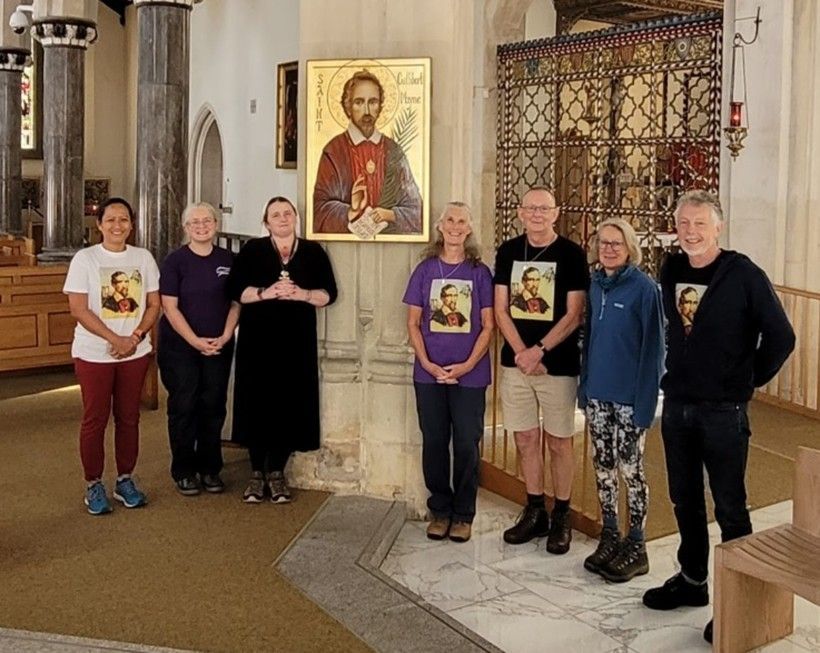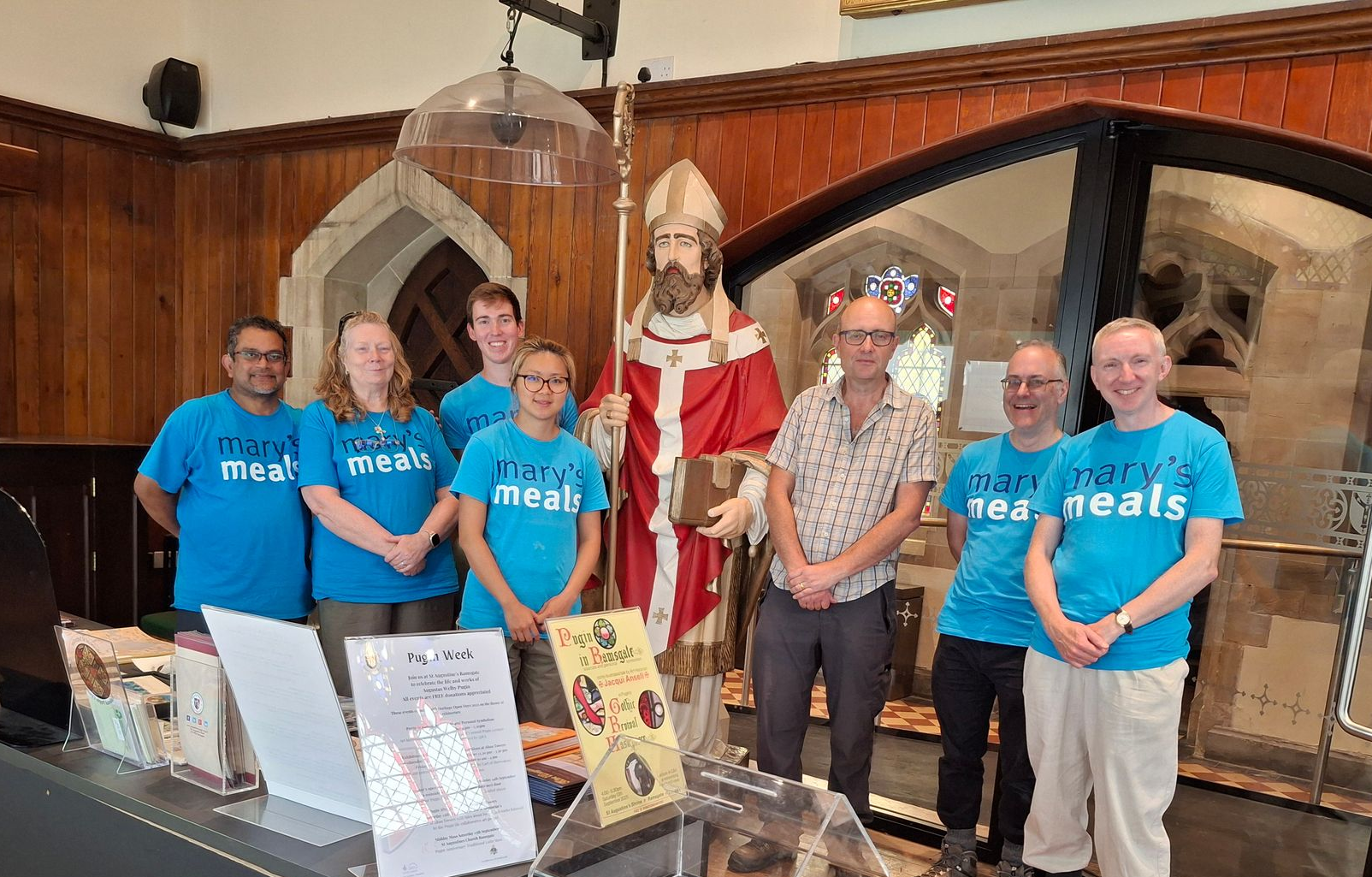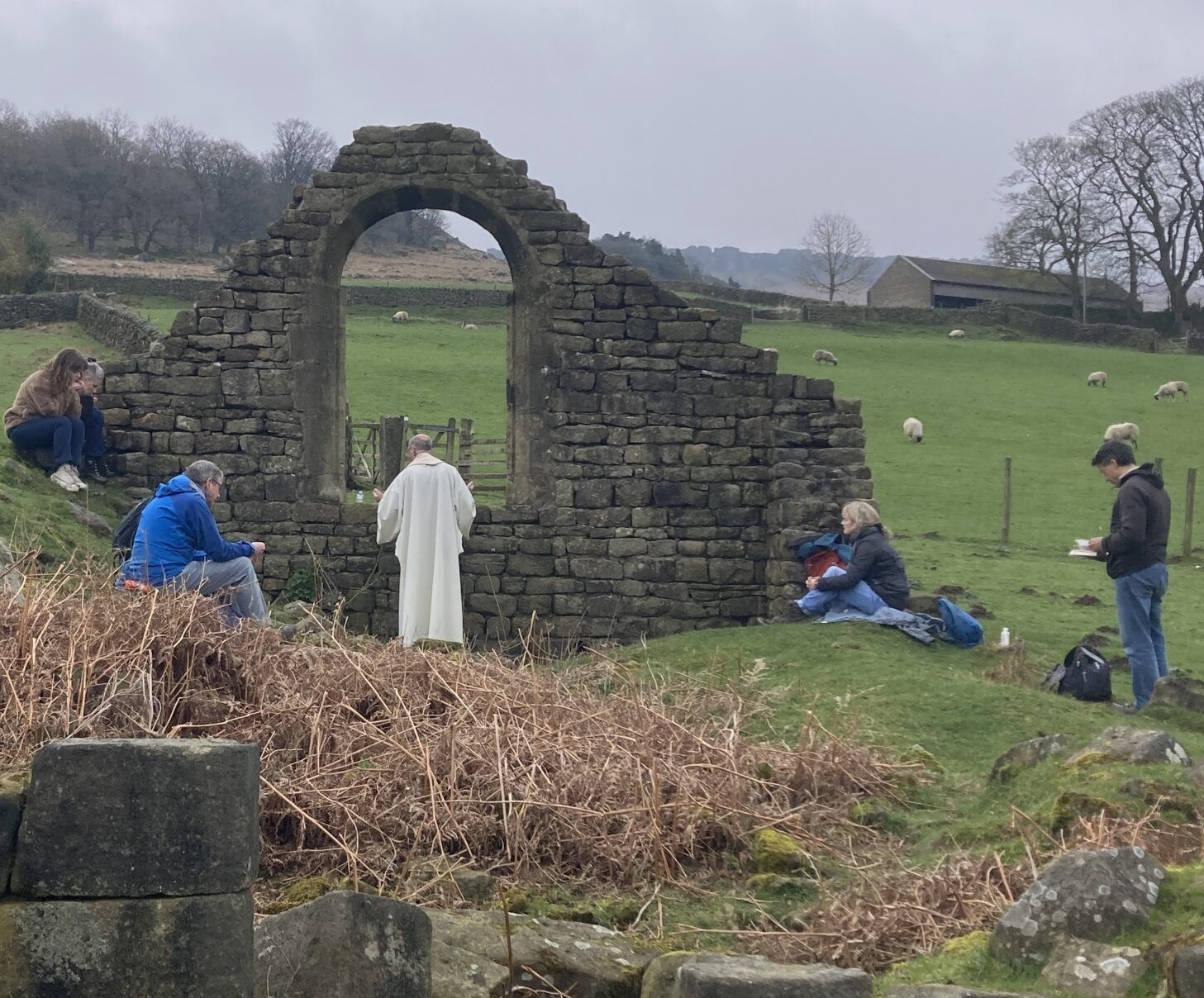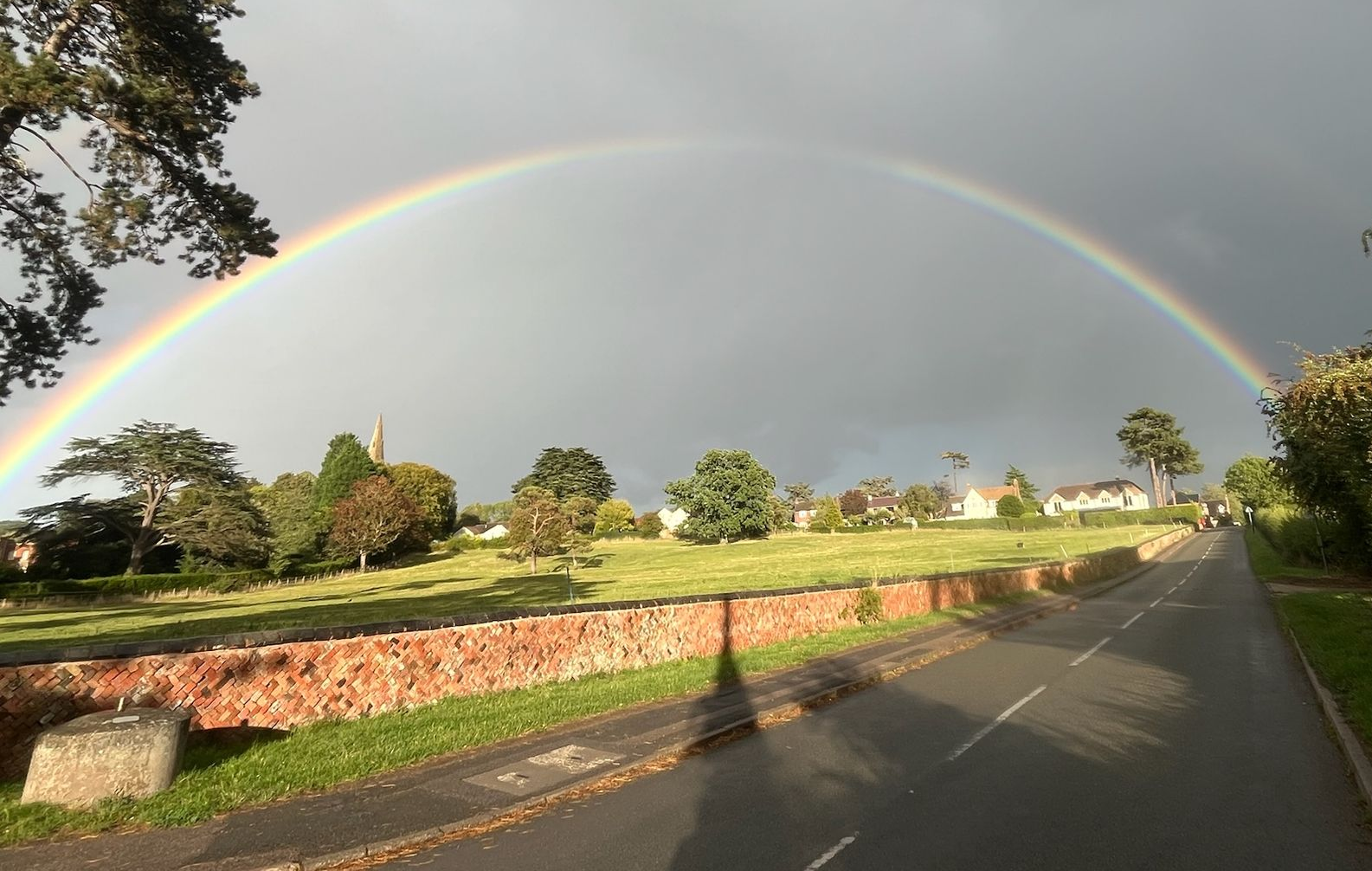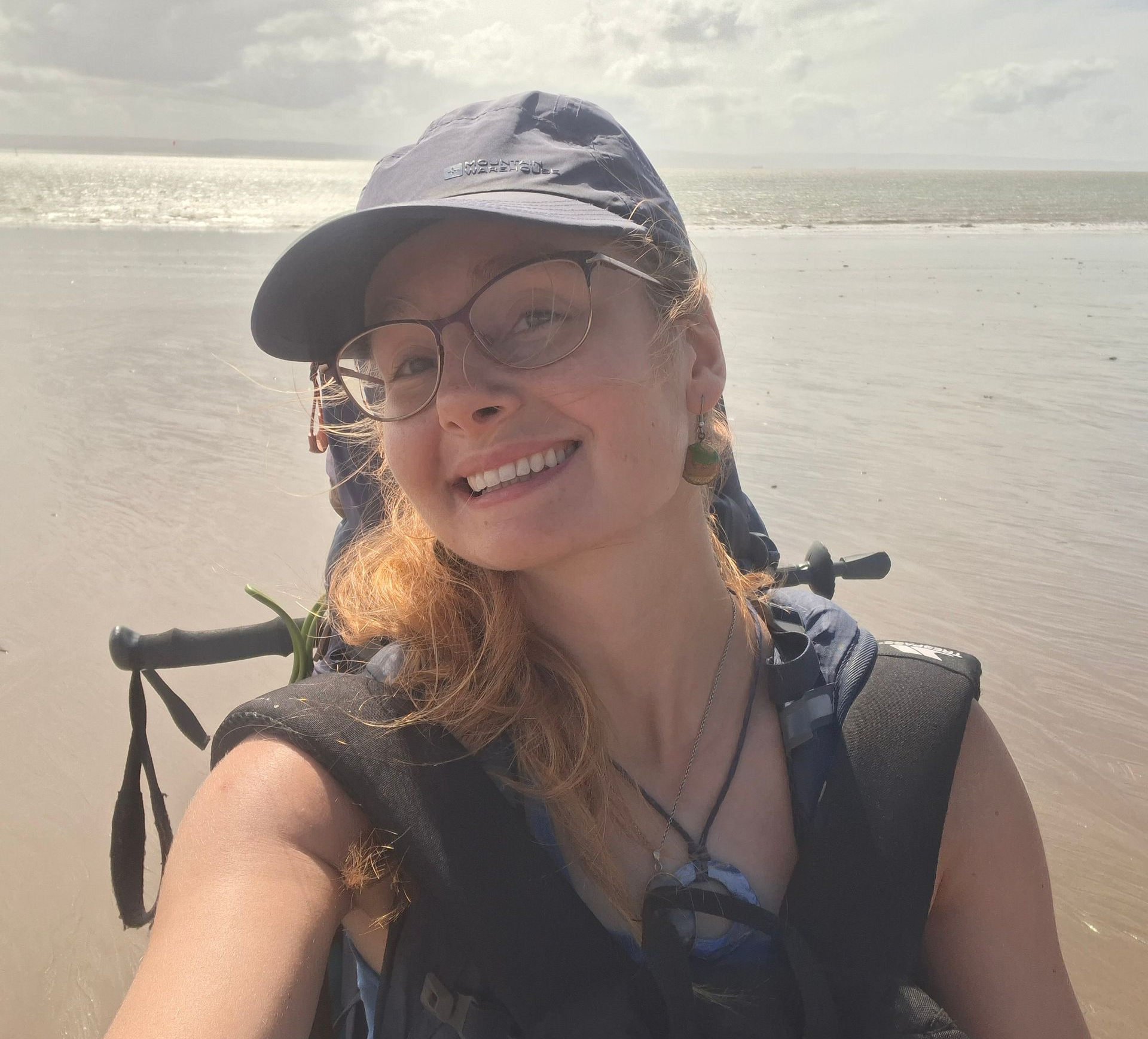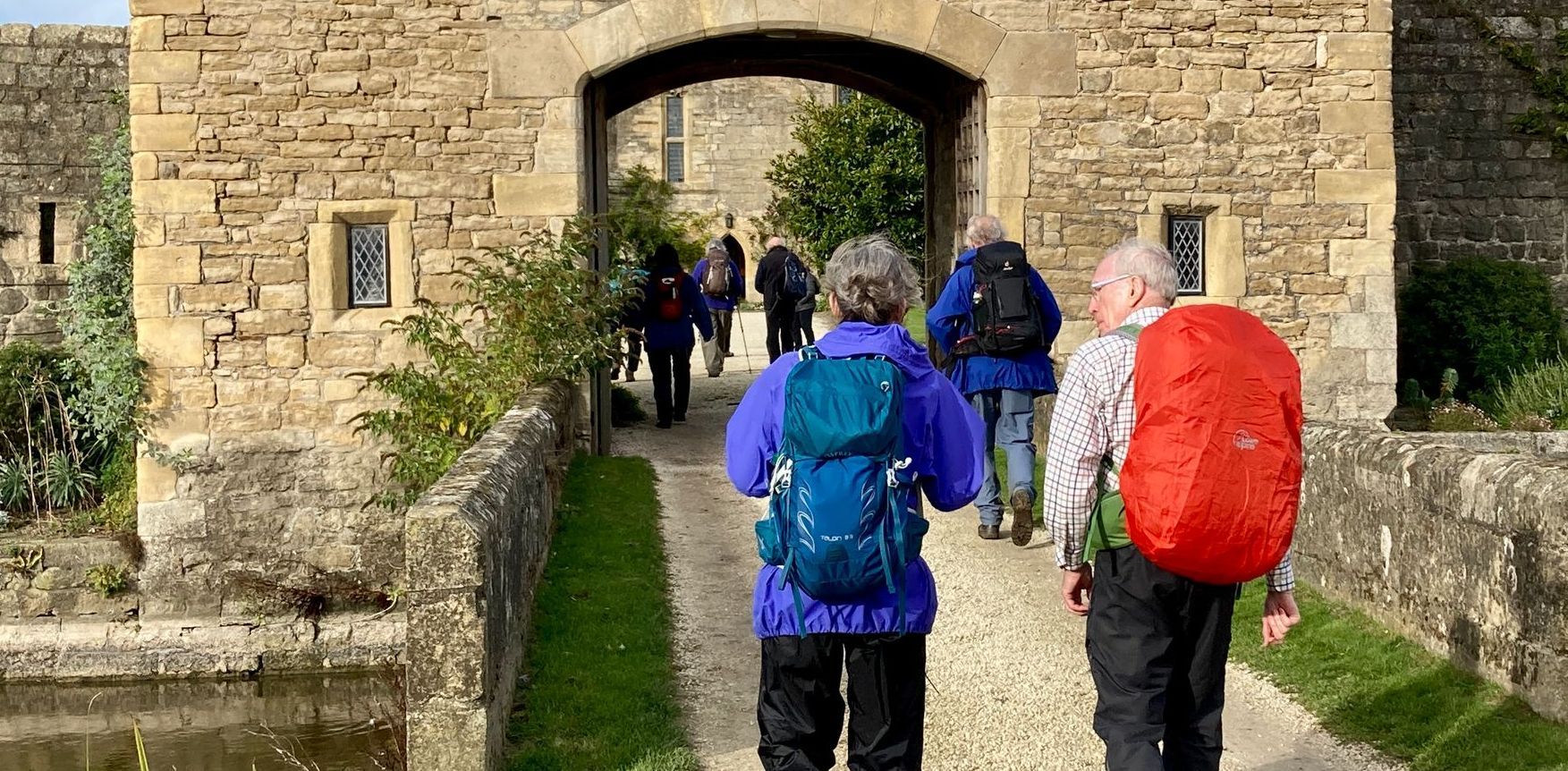The Augustine Camino – Modern traditional pilgrimage
Now that pilgrimage is once more popular and well established there comes the question “how do I make the best of it? If, like most modern people, you have only a week to spare, where do you start?
Eight years ago, as I began to plan the route for a Camino to the Shrine of St Augustine in Ramsgate, I was faced with a similar problem. The obvious thing to do would be to go 70 miles distant and walk the Pilgrim’s Way through Canterbury, then down the River Stour to Thanet. However, as a perfectionist, it soon became clear that the established routes miss much of pilgrim interest. Since medieval times cars and suburbs have made Watling Street and other old roads deeply unpleasant to walk along. Meanwhile the Reformation and the subsequent return of monasteries and traditional liturgies have created new sacred places which deserve to be visited. So, a new route was born, taking its cue from the Mission of St Augustine to convert the English to Christianity in 597 and determined not to miss anything of Christian value along the way. The Augustine Camino is thus a saunter through the best of what the old English Kingdom of Kent has to offer.
Pilgrimage is fun and also deeply serious. It is an opportunity to listen, learn and grow. Because it is impossible to predict what form this growth will take it makes sense to include as broad a variety of experience as possible. At the most basic level there is walking and talking. I am always surprised how quickly people open-up on a Camino. No subject is off limits (unless you want it to be). There is a great letting go of worldly cares. Then there are the set piece liturgies, such as Evensong at Canterbury Cathedral, Compline at Minster Abbey or Mass at St Augustine’s. A more specifically pilgrim activity is the veneration of relics. There are relics of St Simon Stock, St Jude, St Thomas More, St Thomas Becket, St Mildred, St Augustine and St Gregory en-route. The variety of religious experience is extraordinary, from lighting a candle in a quiet chapel to a Latin Mass, Exposition of the Blessed Sacrament to a Charismatic Healing Service. There is plenty of time for quiet reflection in the beautiful countryside or somewhere special, like the riverside Rosary Garden at Aylesford Priory.
Practicalities are important. You want route finding to be painless – so there are waymarks, a guidebook and a gpx file for use with mobile navigation systems – or if you prefer, you can join a guided walk. You want a variety of accommodation with somewhere for lunch and baggage transfer facilities. You want information on where to find pilgrim stamps and when churches are open – all available free on the website or as a service. Most of all you want to be away from roads in gorgeous countryside with lots of beautiful old churches to visit. This is where the Augustine Camino comes into its own. Kent is known as the Garden of England for good reason. You pass through vineyards, hop gardens, orchards, soft fruit farms and fields of corn, wheat, redcurrants and broad beans. There are forests, marshes and chalk downs plus a variety of local and national nature reserves. The food comes from Michelin starred restaurants or local farm shops and lots of picturesque country pubs.
What are the churches like along the Augustine Camino? Well, they include the two oldest English Cathedrals at Canterbury and Rochester (where most people start). The Nave at Canterbury has just been renovated – it is breathtaking – as is the South Window – with its newly cleaned medieval glass. Rochester has an unusual Norman Nave and a Choir renovated by George Gilbert Scott. Aylesford Priory – a “Prayer in stone” – exemplifies the “Second Spring of the Catholic Church” and includes the original 13th Century refectory where meals are still taken. St Augustine’s in Ramsgate is the ideal church of Augustus Pugin – designer of Big Ben and leader of the Gothic Revival. Other delights include the first American Art Nouveau church window in Europe at Wickhambreaux, Lanfranc’s Leper hospital at Harbledown and the oldest English painting of St Francis at Doddington. Every day includes something beautiful. Bringing it all together are stories of saints, architects, craftsmen and royalty who made this special corner of Christian England what it is.
Those wishing to start in London can take the Romero Way from Southwark Catholic Cathedral to Southwark Anglican Cathedral, then the Becket Way out of London to join the Augustine Camino at Aylesford or Rochester. Alternatively, there are good train links from London to Rochester (and indeed all along the route) which make even day trips a practical proposition.
